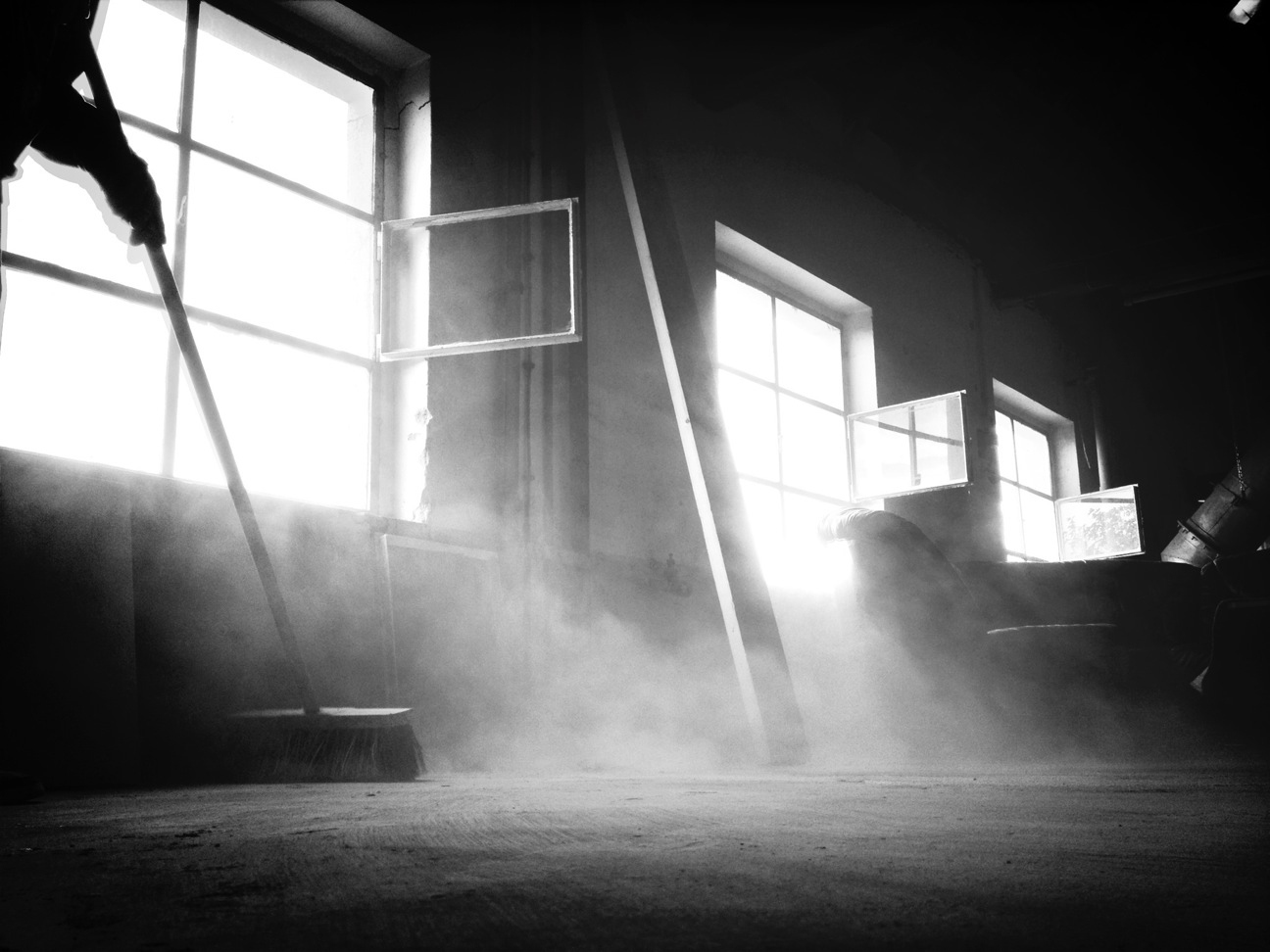
It turns out that dust collecting in the corners of your house is more than just a nuisance: it can also contain valuable information about you.
According to a new study published in the journal Proceedings of the Royal Society B, dust in people’s homes contains bacteria and fungi that can point to the geographic location of the house, the gender makeup of the people who live there, and whether or not they have pets.
Of those, “Geography is the best predictor of fungi in your home,” Noah Fierer, an Associate Professor in the Department of Ecology and Evolutionary Biology at CU-Boulder and a co-author of the study, said in a press release.”The reason is that most fungi blow in from outdoors via soil and leaves.”
But researchers were also able to use the dust samples from the 1,200 homes around the U.S. they studied to figure out whether the home occupants had dogs or cats, and whether only men lived in the home or if women lived there as well.
“If you want to change what you breathe inside your house, you would either have to move very far away or change the people and the pets you live with,” Albert Barbarán, a graduate researcher in CU-Boulder’s Department of Ecology and Evolutionary Biology and lead author of the study, said in the release.
On average, each home contained more than 5,000 different species of bacteria and about 2,000 species of fungi.
More Must-Reads from TIME
- Cybersecurity Experts Are Sounding the Alarm on DOGE
- Meet the 2025 Women of the Year
- The Harsh Truth About Disability Inclusion
- Why Do More Young Adults Have Cancer?
- Colman Domingo Leads With Radical Love
- How to Get Better at Doing Things Alone
- Michelle Zauner Stares Down the Darkness
Write to Tessa Berenson Rogers at tessa.Rogers@time.com